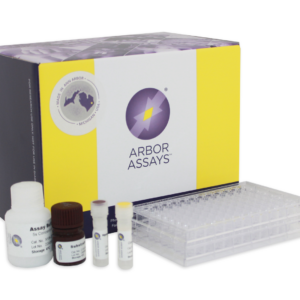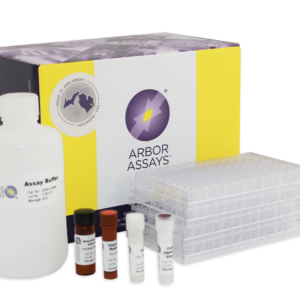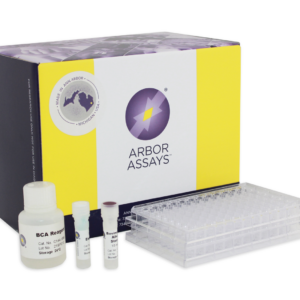Earthworms: An Environmental Indicator Species
In recent years, nanoparticles have surged in use across consumer and industrial applications, from sunscreen and cosmetics to gas sensors and photovoltaics. While the behavior of these materials in bulk is well-known, nanoparticles possess unique properties that raise questions about their impact on health and the environment. Small in size and high in surface area, nanoparticles are highly reactive and easily absorbed by cells. Yet, their long-term effects on ecosystems remain poorly understood.
Oxidative Stress: The Hidden Cost of Nanoparticle Exposure
Studies reveal that exposure to nanoparticles increases oxidative stress in various organisms, leading to higher toxicity compared to bulk materials. Key culprits include copper (Cu), copper oxide (CuO), and zinc oxide (ZnO) nanoparticles—common in consumer products and industrial goods. These metals are increasingly detected as soil contaminants, with potential implications for soil health and the organisms within it.
Earthworms as a Sentinel Species for Soil Contamination
As they consume soil and organic material, earthworms are readily exposed to nanoparticle contaminants. This makes them ideal indicators of soil ecosystem health. A study by Mwaanga et al. explored the effects of Cu, CuO, and ZnO nanoparticles on earthworms living in urban soil and in a controlled artificial soil mix. Over a two-week exposure period, researchers analyzed markers of oxidative stress in the earthworms, using key indicators including superoxide dismutase (SOD) activity (measured with Arbor Assays’ K028-H kit), hydrogen peroxide (K034-H), and glutathione (K006-H). For normalization, scientists measured metal ion levels in worm tissue via flame atomic absorption spectrophotometry alongside overall protein concentration (K041-H).
Soil Type Matters: Urban Soil vs. Artificial Soil
The study found that earthworms’ oxidative stress responses varied significantly depending on the soil type. In the artificial soil mix, which had higher organic content, earthworms exhibited reduced oxidative stress levels compared to those in urban soil. This variation underscores the importance of studying contaminants within a range of environments to truly understand their ecological impact. Experimental designs that only use artificial soils may overlook critical interactions found in natural settings, potentially leading to incomplete conclusions.
Empowering Environmental Research with Arbor Assays Kits
This study emphasizes that real-world ecological research must consider the complexity of natural environments. As nanotechnology advances, understanding its potential effects on soil health is crucial. By simplifying complex measurements, Arbor Assays’ easy-to-use formats help researchers focus on what matters: understanding the true impact of contaminants on ecosystems. Arbor Assays also prioritizes working closely with customers to find kits best suited to specific research needs, streamlining environmental studies like this and fostering insights into pollution’s effect on indicator species such as earthworms.
Featured Products
-
In Stock
Superoxide Dismutase (SOD) Activity Kit
$506.00The DetectX® Superoxide Dismutase (SOD) Activity Kit is designed to quantitatively measure SOD activity in a variety of samples. The assay measures all types of SOD activity, including Cu/Zn, Mn, and FeSOD types.
-
In Stock
Hydrogen Peroxide (H2O2) Colorimetric Detection Kit
$433.00The DetectX® Hydrogen Peroxide (H2O2) Colorimetric Detection Kit is designed to quantitatively measure H2O2 in a variety of samples.
-
In Stock
Glutathione (GSH) Colorimetric Detection Kit
$446.00The DetectX® Glutathione (GSH) Detection Assay Kits allow for convenient, rapid, and easy quantitation of both GSH and GSSG for an accurate measurement of cellular oxidative status in a variety of sample types.





